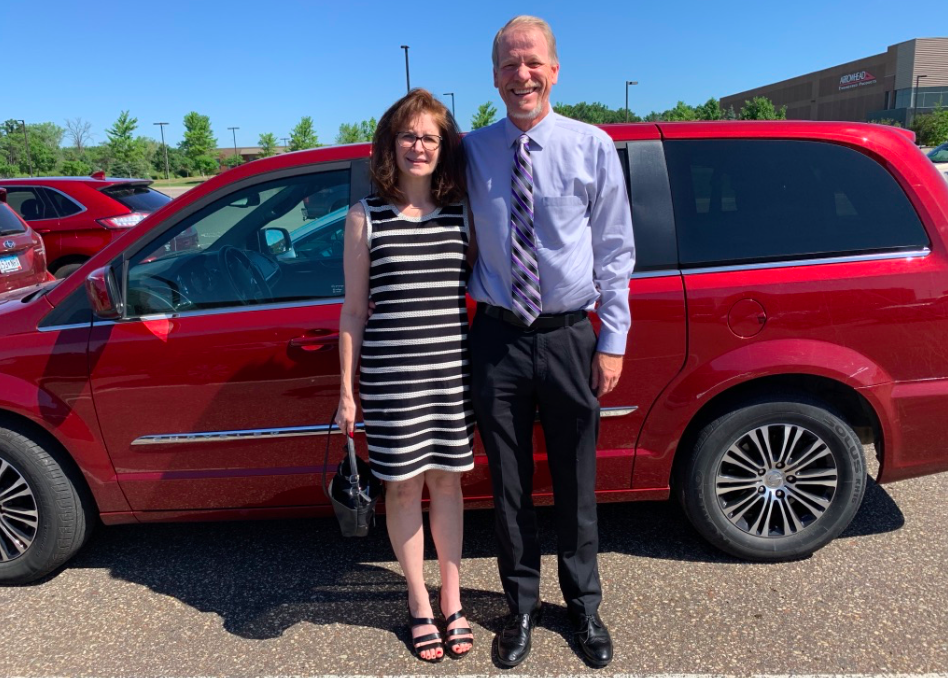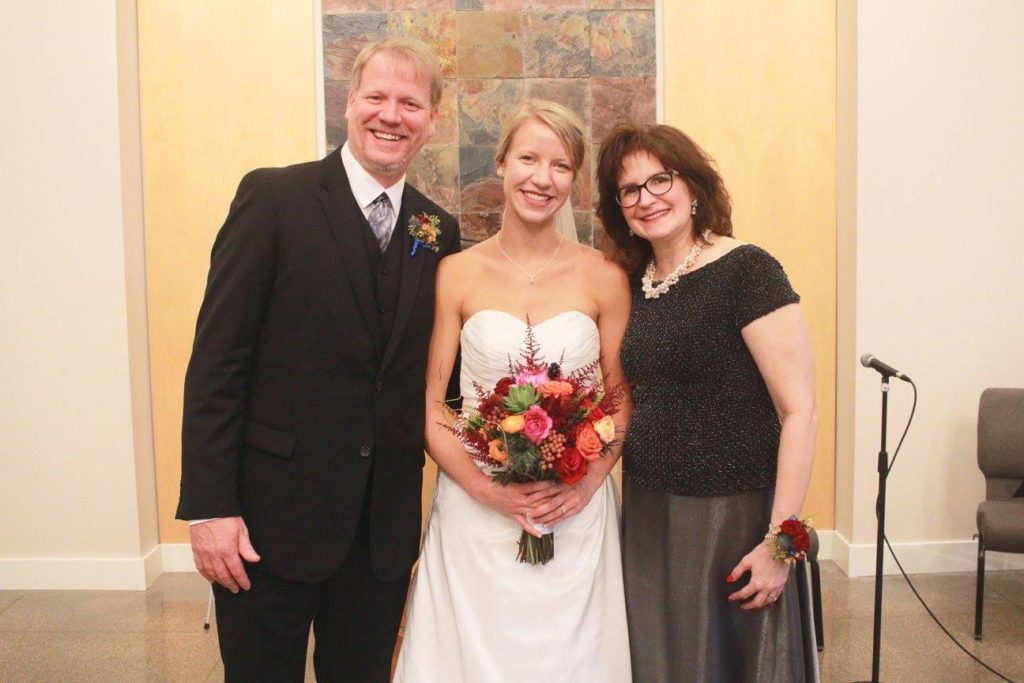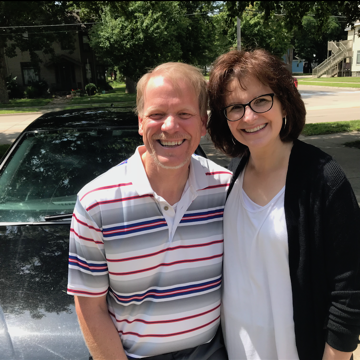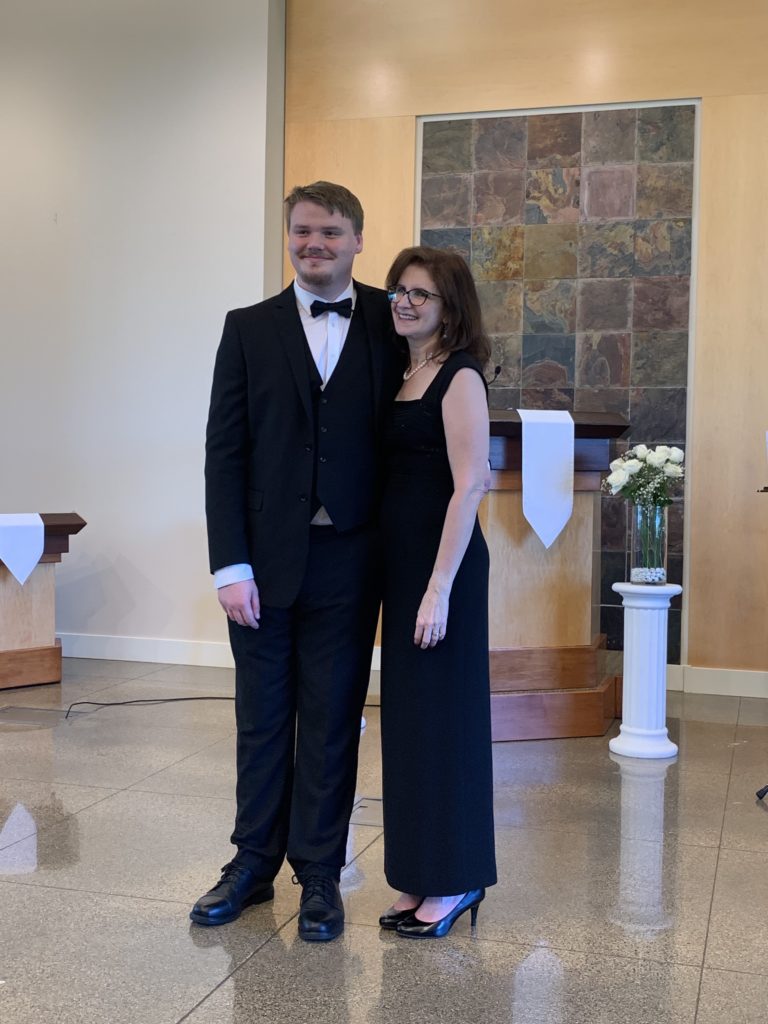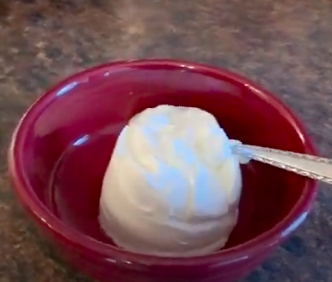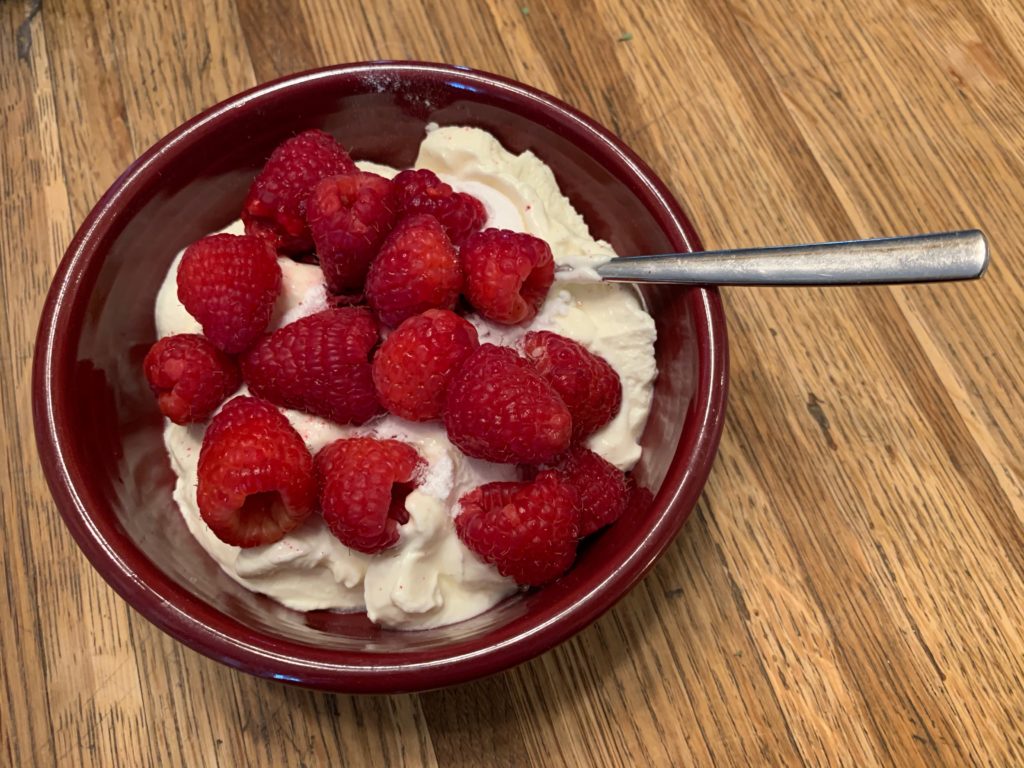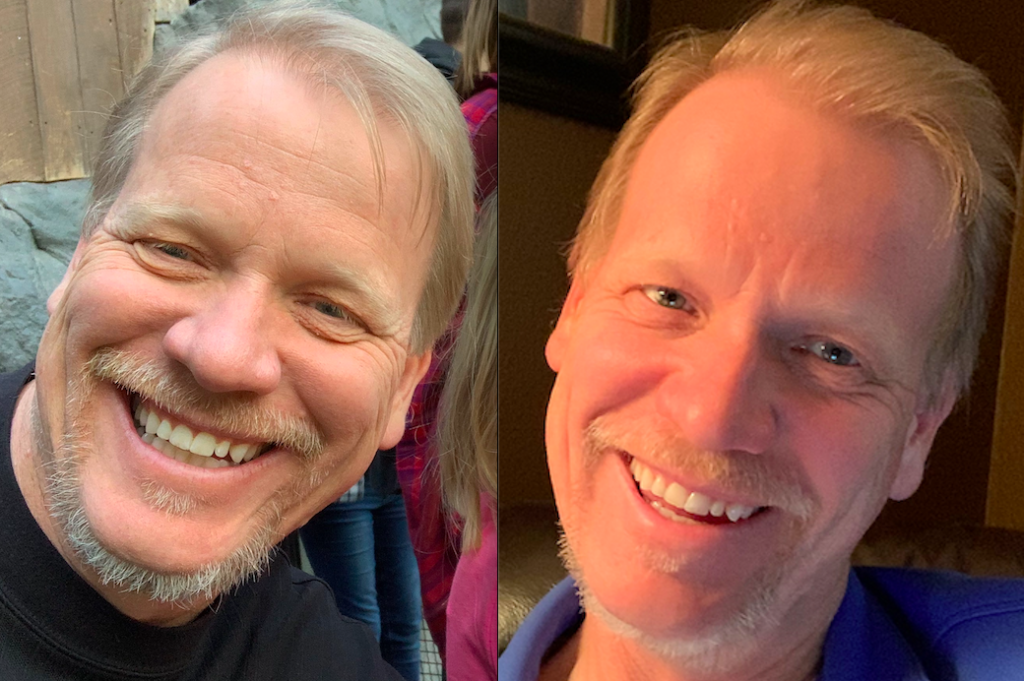My goal in telling the story of my health journey through this blog has been to simply share what I have learned over roughly the last four years, in hopes that others would find it helpful and encouraging.
Together, Lisa and I have lost over 100 lbs. and we’re feeling better than we have in 25 years. As I have shared this series on my social networking accounts, several friends have asked to talk about what we’ve learned, and we have enjoyed the opportunities to discuss with them.
Other friends have already been putting this into practice for themselves, and are seeing great results.
One of those is John Bishop. I got to know John because he is one of our volunteer community mentors in the Mayo Clinic Connect online patient community. Over the last few months I had seen him sharing some of my posts as part of his community moderation work, and encouraging others struggling with weight issues to check them out.
But when I saw this tweet in reply to one of mine about a month ago, I set up a call to talk with him about his experience.
After our phone conversation, I asked John if he would be willing to tell his story in a guest post, and he graciously agreed. Here it is, in his own words:
I’ve struggled with my weight since my mid 30s. I weighed 215 lbs when I left the Navy and gradually it crept up to 330 lbs in my mid 50s which was when I started being concerned that I had to do something. I was able to get my weight down to 300 on my own and then found Weight Watchers through a friend and started their program. Through Weight Watchers I was able to get down to 250 lbs and decided I could do it on my own since I felt I was the one that needed to make changes.
I did fine on my own for about a month, from that point until this year I was constantly trying one diet plan after another and going between 245 and 260+ lbs every few months. As much as I tried to eat healthy and do some moderate exercise, I just could not seem to stay on track. It wasn’t until I read @LeeAase’s health journey article on alternate fasting that I got interested in seeing if I could get my weight down to 215 lbs to help with my overall health and my current health conditions (small fiber PN and PMR).
My wife Lavon was already doing a 16/8 daily fasting so it made it easier for me to try alternate fasting. I started with a 24 hour fast on March 24, 2020. I planned to do a 24 hour fast every other day. When I read some encouraging results on Lee’s health journey on using the Zero app and a 20 hour fast with 4 hour eating window, I tried it and found it easy to do after a few days. I’m now doing the 20 hour fast for 3 to 4 days at a time and while sprinkling in 18/6 or 16/8 days when needed to accommodate other plans.
One thing that the fasting and eating window has done to help me is to make it easier to stop my bad nighttime snacking habits which in retrospect are probably why my weight has always been difficult to control even when I thought I was choosing healthy snacks.
When I started my journey back in January, I purchased an inexpensive Bluetooth scale that shows weight, body fat, muscle mass, water weight and BMI. My first weigh in Jan 18th was 244.7 and my most recent weigh in Aug 2nd was 222.4. I still go up and down during the week but I’m happy that I’m able to keep a downward trend. When I reach my goal of 215 lbs my plan is to make a new goal of 200 which is one of those “in your dreams” goals but this time I really think it is a realistic goal and one that would be a major health improvement for me.
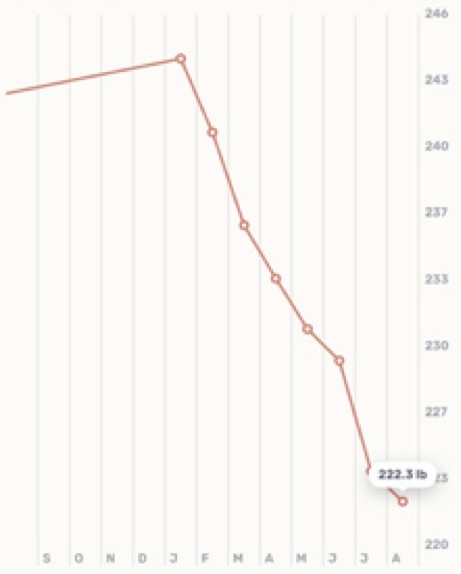
As you can see in the graph at right from his Bluetooth scale, John’s weight has been on a steady downward trajectory since January.
He’s down 22 lbs. in just over six months.
Most importantly, he’s no longer finding weight loss difficult, and he’s daring to dream of new goals he would not have previously thought possible.
And while the COVID-19 pandemic has caused many to gain 20 lbs. or more, John is going in the opposite direction.
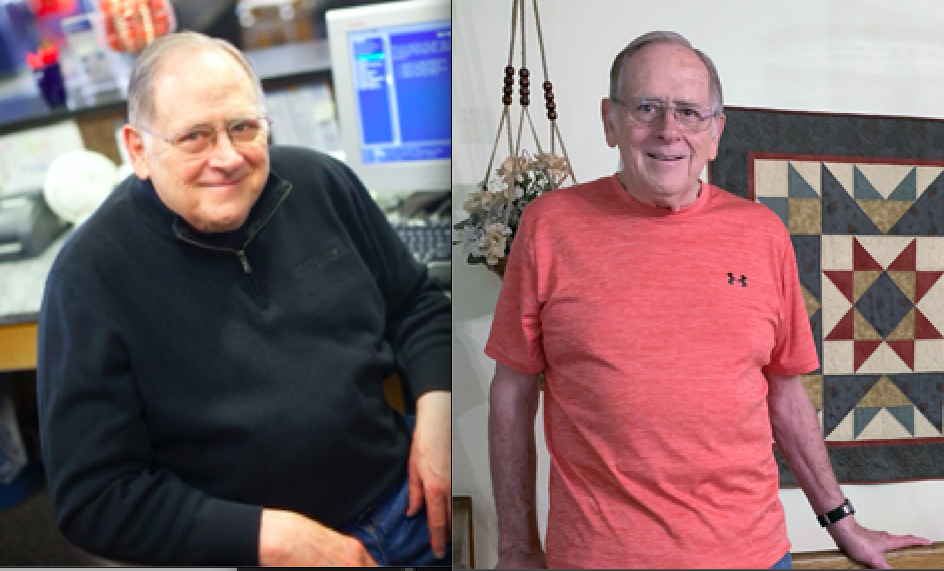
John mentioned that the Zero fasting app has helped him and that he learned about it from me on Twitter, but I just realized I haven’t featured it yet in this series.
It’s a great fasting tool, and I’ll tell more about it in my next post.
See previous posts on My Health Journey, and to get future posts follow on Facebook, Twitter or LinkedIn.
